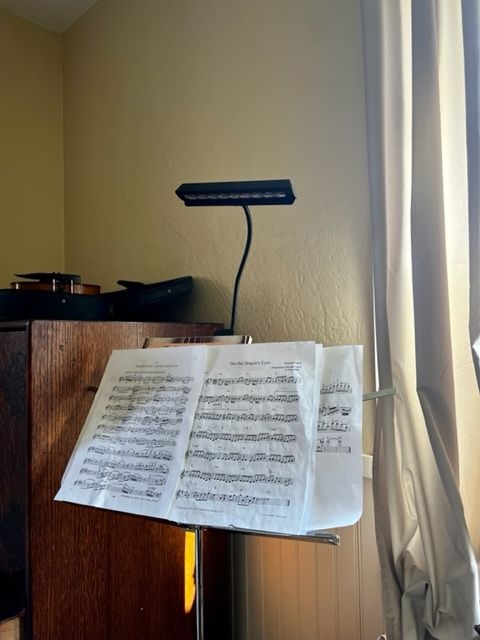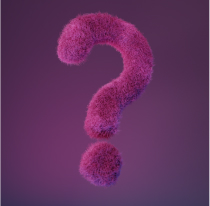The people who use our boards.
381 interviews since 2018
The people who use our boards.
Max Graze
Data DesignerWho are you, and what do you do? What do you like to do outside of work?
I’m Max, currently a data visualization engineer at MURAL, although I had a few lives prior to discovering data visualization: I did research in spider morphology while studying foreign languages (French, German and Japanese), then I followed the language path, documenting undocumented language as a masters student. While I loved the field work, I did not like spending 80% of my time writing a paper that wouldn’t have much of an effect on the community whose language I was documenting (grant money in linguistics is slim, and virtually nonexistent in terms of producing educational material for language communities), and academia is moreover a competitive environment (have you heard the saying “publish or perish” in relation to academics?).
So, I traveled a bunch, had some random jobs and fleeting dreams, fermented pounds of food despite my living instability, and believed I would devote my life to studying and producing koji (in brut terms, moldy—but delicious—rice or soybeans that are the magic behind miso, sake, soy sauce, rice vinegar, and more) until I finally discovered data visualization, saving me from becoming a professional foody. Since then it’s become my job, and my central hobby.
Unlike my experience in academia, data visualizations have a lot of immediate power, are memorable, and can be easily distributed with millions of viewers, and furthermore the community is very collaborative. I came from a career path I thought should be collaborative (academia) and into a truly collaborative world where people are sharing code, techniques, and time with one another.
While I play with data outside of work, my projects live on the antipodes of the data visualization map: they are either experimental, such as exploring sensory data representations through my newsletter, Data the Senses, or about fermentation, or both. I find that the “data designer” better suits my values, and doesn’t limit data’s representation.
I use data design as a means to tie my passions together: Japanese learning, fermenting, linguistics, violin (my stand is right next to my desk, so I can play for a few minutes when I have an odd-sized lull between meetings), and swing dancing, just to name a few of my hobbies, since everything and anything can be represented and explored through data. I collect data on myself, traveling or fermenting, as a means to view my experiences from a different lens, commemorate them, and search for patterns.
My central driving question in data is, How can we more intuitively understand and experience data? Or even, How can we develop an immersive and efficient learning environment? Pulling from other senses increases the number of connections that can be made—taste and smell are much more effective at connecting to memory than sound or sight, for example. Since I have unrealistic hopes of being able to explore and showcase data in a way that’s most true and representative of the data, I end up dipping my pen into every technology I think will help me get there. I know that the “shiny object” is a common temptation and distraction for most of us in the tech world, and I am still experimenting with methods to combat it, so I can be realistic about my goals, and current skills.
What hardware do you use?
- MacBook Pro
- Moonlander
- iPad Pro & Apple Pencil
- Sony wireless Bluetooth headphones
- MX Ergo Logitech
- Fancy pen
- Micro electronics as a hobbyist (Raspberry Pi/Arduino)
- Oculus Quest 2 (for future data visualization)

And what software?
For work, I use Slack like everyone else in the tech world for communication, V S Code for JavaScript frameworks, Observable notebooks for D3.js projects and prototyping, and Jupyter notebooks for Python. I, of course, use MURAL on a daily basis—for brainstorming, collaborating with colleagues & friends on ideas, facilitating workshops etc. As I’m trying to amp up my design skills, I’ve been fiddling around in Photoshop and Illustrator, although if I didn’t have these through work, Figma has most of the functionalities I need! And you can’t beat free. As I mentioned in my bio, the software I want to learn how to use: Unity, Affinity Designer, ThreeJS, WebGL…I think it’s clear where I’m headed.
What’s your keyboard setup like? Do you use a custom layout or custom keycaps?
It has taken a while, but I am finally getting to an ideal keyboard layout that is customized to my needs. It still needs some tweaks for writing in foreign languages, but otherwise I am quite happy with it.
What would be your dream setup?
Too many! It starts with settling down, so I don’t need to think about moving them from one place to another. The Moonlander was my introduction to the world of mechanical keyboards. I had to convince myself to start with a premade one, instead of trying to buy parts and create it myself (potentially ending in an unfinished project and no ergo keyboard). I would like to customize it by adding a knob or two (I’ll figure out its use case later), and buy a smaller board for travel purposes (the Planck, Ergo Travel, or even something like this crazy prototype).
For my “permanent” setup, I would like to get an automatic standing desk, a desk mat (a gridded desk mat will either induce an organized work environment, or distract me, or both). And, of course, some fairy lights for when the sun goes down early on winter days, and lots of plants! I spend so much time at my desk, so I would like it to be as calming and inviting as possible, even if that’s not always the case with the work.





